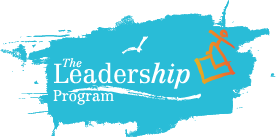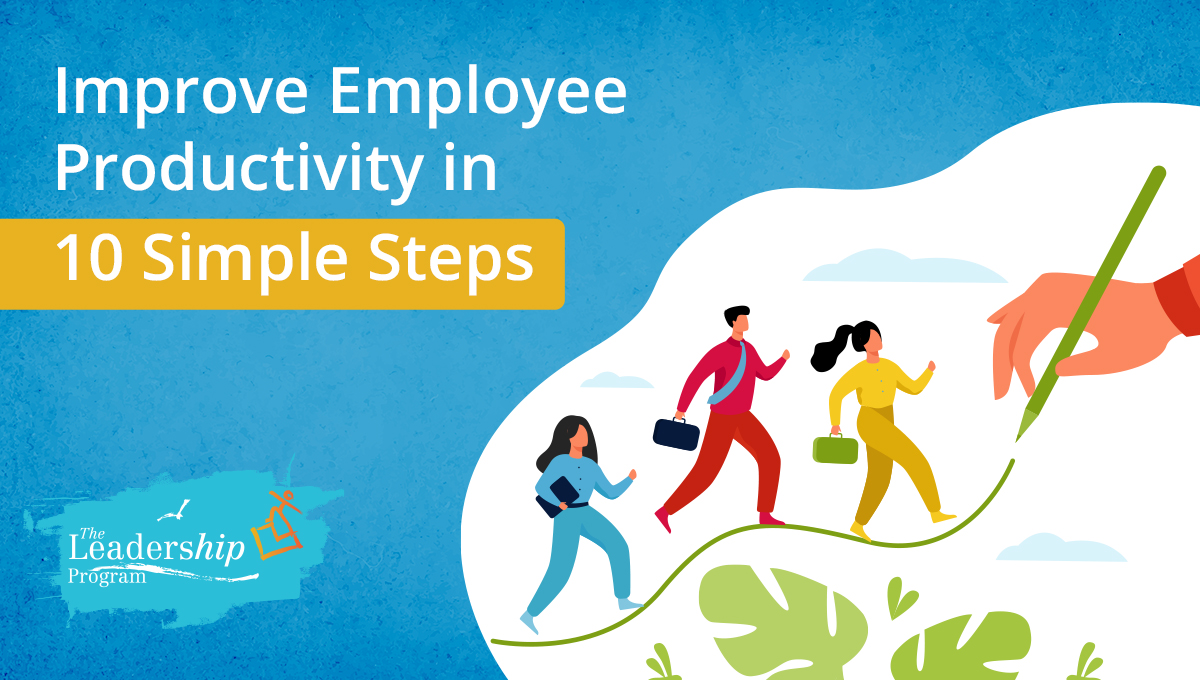Improve Employee Productivity in 10 Simple Steps
How do you best focus on employee efficiency and productivity on the tasks that serve the mission of your company? How improving productivity and employee commitment can help the bottom line?
Here are 10 tips to apply:
Retain your staff:
This deserves its own blog post but it is also a vital part of maximum productivity. Nothing slows down your own productivity and the productivity of your team like training new team members. Of course you should let go of staff who are toxic to the team or who do not improve with sound coaching and feedback methods.
But the cost of training new staff could be high. If you focus all of your energy on achieving results and hitting impossible deadlines you risk losing your most effective team members. Employee efficiency comes with experience. Prioritize retention.
Practice continuous feedback with a focus on affirming what is going well:
Feedback is something you practice like yoga, throwing a football, or playing an instrument. Yet most managers only use feedback when they are in crisis or when things are going wrong. Practice offering feedback that affirms the behaviors that you seek in your team. Then you will have been practicing voicing your feedback when you are hoping to correct behavior and your directs will have been practicing receiving and applying feedback as well.

Tip: Put five pennies in one pocket. Every time you offer affirming feedback, move a penny to the other pocket. At the end of the day all pennies should be in the other pocket.
Cater assignments to the tastes and talents of the individuals on your team:
A common managerial mistake is to assume that rewards are always monetary or take the form of something material. Another way to reward your team is to know their tastes and specific talents so that you can offer them opportunities to take on assignments that they will most appreciate. Employees work harder on projects that they have a passion for.

Tip: You can say "I know you love graphic design. We need some help with the design of our new brochure. I realize this is not normally a part of your role, but if you would like to join the design team for this one project I think they could really use your vision!"
Apply appropriate guidance to each direct report taking into account their competency in their specific role:
This is also called "Situational Leadership". You can negatively impact an employee’s performance by giving them advice they don't need. If you are at a high level of competency with a specific skill you don't want your boss giving you lots of advice on how to execute.
However, if you are new to a skill you need lots of guidance. Having an accurate assessment of your team's competency on any given set of skills will help you avoid micromanagement when it isn't appropriate. It will also help your employees get the support they need when they need it.
Take ownership of your leadership mistakes and apologize:
Oftentimes your team's failures are really representations of your own lack of guidance. Apologize to your team when they fail the first time.It's important to apologize the first time because you are also accepting responsibility for not providing enough guidance during the task. Even if you believe you did; it will increase employee engagement. Each individual employee will learn from your example and come to you earlier with problems as the arise and this will save the company time and money. if however, team members continue to fail even after given the proper support you might have made the mistake of hiring the wrong person for the job. And it might be time to evaluate an employee's performance.
Allow for risk taking with iterative processes:
The term "Fail Big" is useful when applied to iterative processes. The design and development of a new type of technology is done in several iterations. If your team does not take risks in each iteration they are less likely to have explored enough options and are more likely to arrive at mediocre results.
But if your company does not engage in iterative processes avoid a "Fail Big" culture. You don't want to fail big at heart surgery, for example.
Expect precision with operations:
Once the design phase of a project is over you enter into operations, which usually means putting the project to use or going into production with the result. Take risks when designing the bike, expect precision when creating reproductions. Leave the "Fail Big" ethos behind when entering into operations.
Conduct weekly one-on-ones:
30-minute one-on-ones with each of your direct reports will reduce the amount of disruptions for your whole team and usually yields extra time as a result. It will also reduce the amount of time you spend in team meetings dealing with individual problems.
When talented, motivated, competent people take the lead - get out of the way:
Your most effective team members should be given opportunities to lead. Some managers see this as a threat. If you are adept at hiring effective employees and if you train them properly and get out of their way they will begin to excel and eventually possibly surpass your capabilities in some areas.
It is your job to enable and encourage this. It is a sign of your greatness when you are an incubator for greatness.
Delegate:
If you can't pass the work down to your team you can never effectively grow. In addition to encouraging employees, employees feel more connected to the company and its larger goals.



Comments [0]
Click here to read/write comments